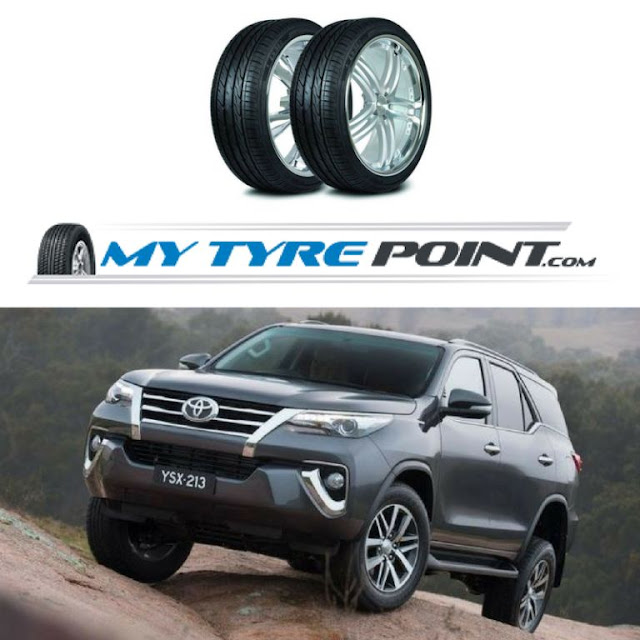Winter Tyres Tips
As
the winter is knocking on your door, it’s time to dress your car
with proper winter tyres so it won’t skid away on a snowy or icy
road. Here are a few tips on how to choose and maintain winter tyres
in order to get maximum efficiency.
Choosing
winter tyres
If
you are looking for new tyres
online, you’re about to drown in a sea full of
brands, models and technologies, all promising utmost performance for
the cold season to come. Let’s face it; tyres aren’t really
cheap, so budget has a say in your choice.
On
the other hand, remember that a quality set of tyres should last
around three years, in normal usage conditions. Thus, making a proper
investment now will keep you worry free for the next two or three
seasons.
Usually,
brands like
Continental,
Dunlop
and
Michelin
provide
premium quality tyres that perform well on snow. They do, however,
come at a premium price, depending on your wheels’ characteristics.
The
rule of the thumb is that more expensive tyres usually perform
better, so try to go as high as your budget allows and always choose
products from a renowned producer. Don’t get fooled by Chinese
or
Turkish no-name brands providing cheap alternatives; they are likely
to fail when you need them most.
Equipping
winter tyres
Now
that you’ve chosen a proper winter set for your vehicle, it’s
time to put them on. Take your car to a local wheel shop to have them
applied. Unless you acquired winter tyres along with rims, you do
have to let a technician do the switch.
Once
the work’s done, make sure that the tyres are equipped according to
their direction of rotation. Uni-directional tyres feature an arrow
on the tyre sidewall indicating the mounting direction. Equipping
them the other way around results in poor performance of the wheels.
There’s
a common misconception regarding the pressure required in the tyre.
Normally, each tyre producer offers a maximum and minimum pressure
value that must be respected when inflating the tyre.
During
the summer, you should apply a pressure tending towards the upper
value, however winter conditions require a lower tyre pressure. A
lower pressure creates a larger contact patch resulting in better
grip.
Take
care though not to achieve just minimum tyre pressure. But there are
different
opinions about
that; certified wheel technician should provide accurate insight on
the matter.
Final
considerations
You
have gotten to the point where your car is equipped and ready to
overcome the snowy slopes and straights. Or, is it? Always before
leaving for a drive on winter roads, remember that not even the best
car
tyres
can provide grip similar to dry conditions.
It
is up to you, the driver, to maintain a speed from which you can
safely get the car to a complete halt. Furthermore, in some
heavy-snow conditions, it may be required to use snow
chains to
improve grip even more.




Comments
Post a Comment